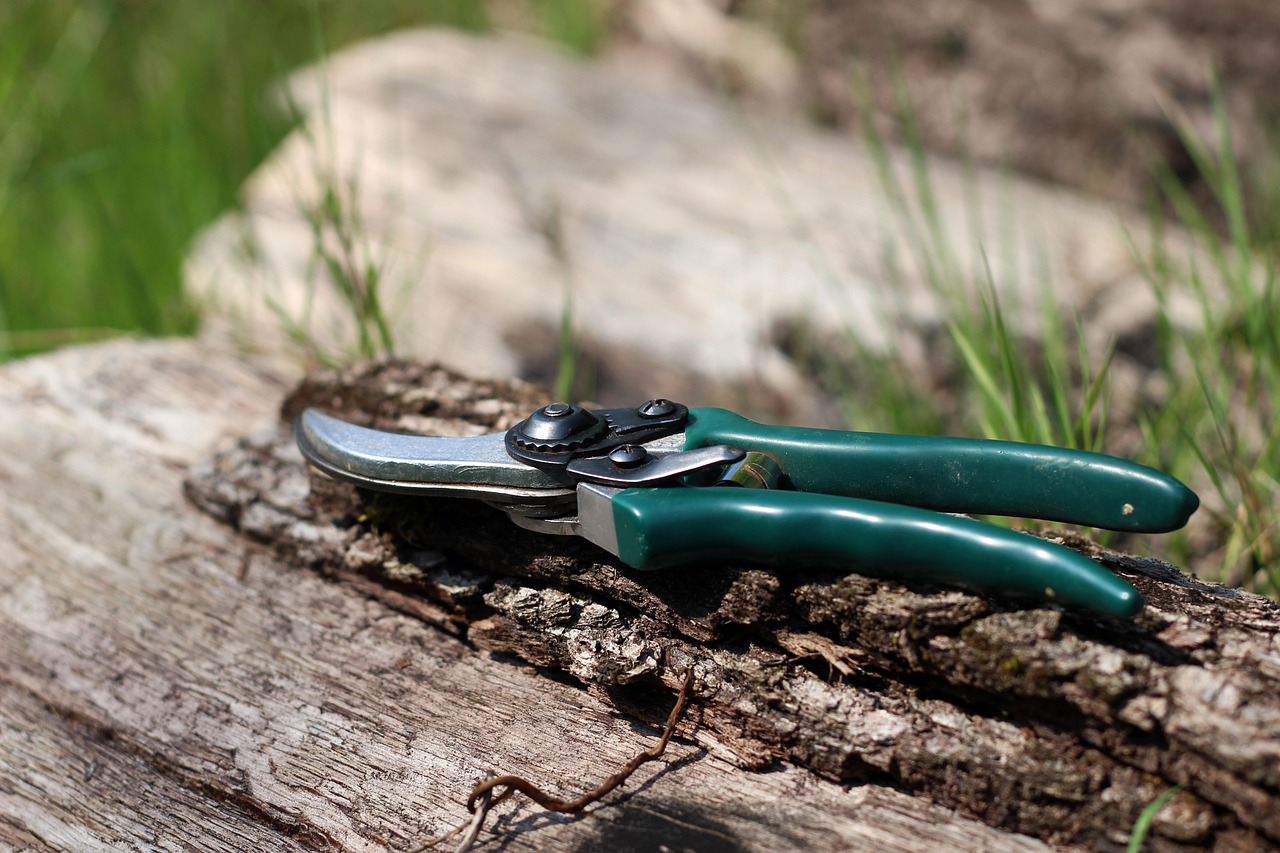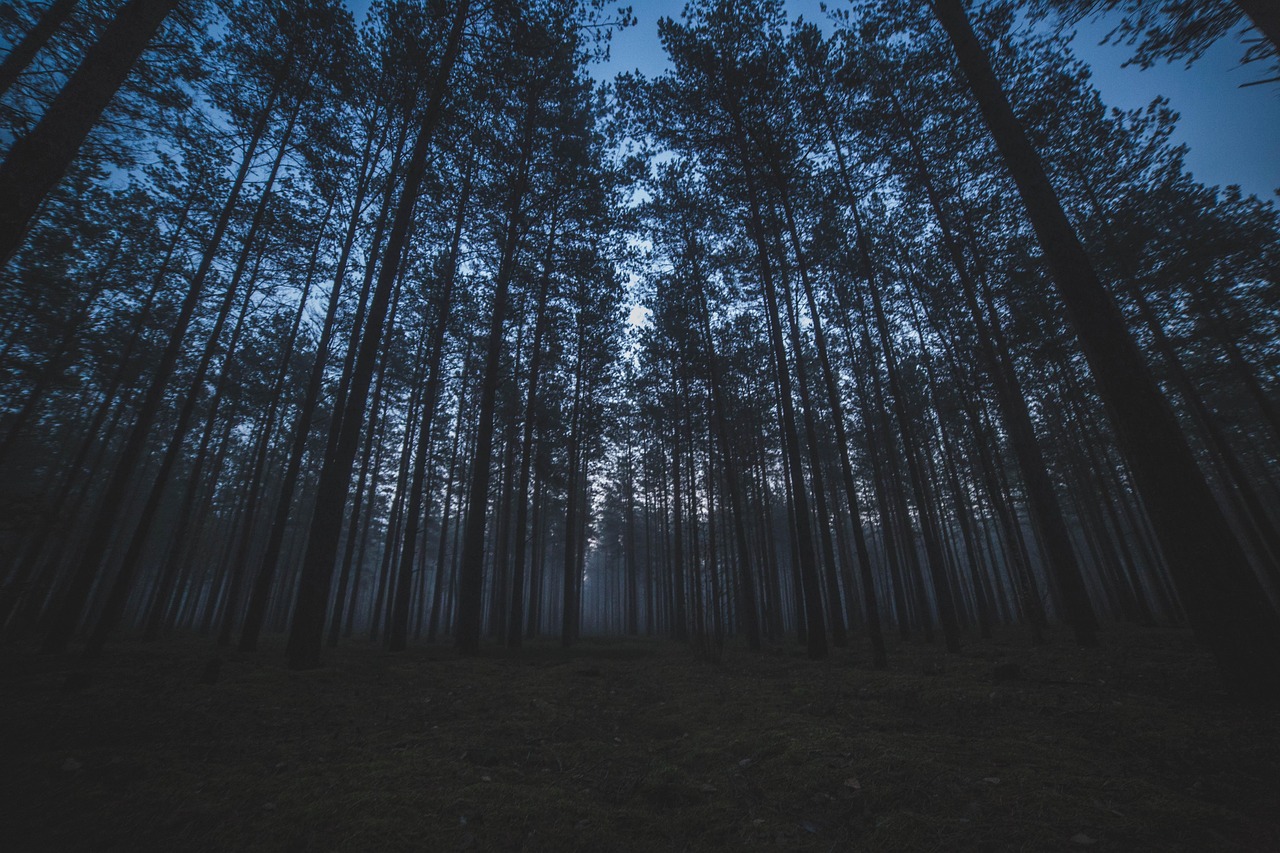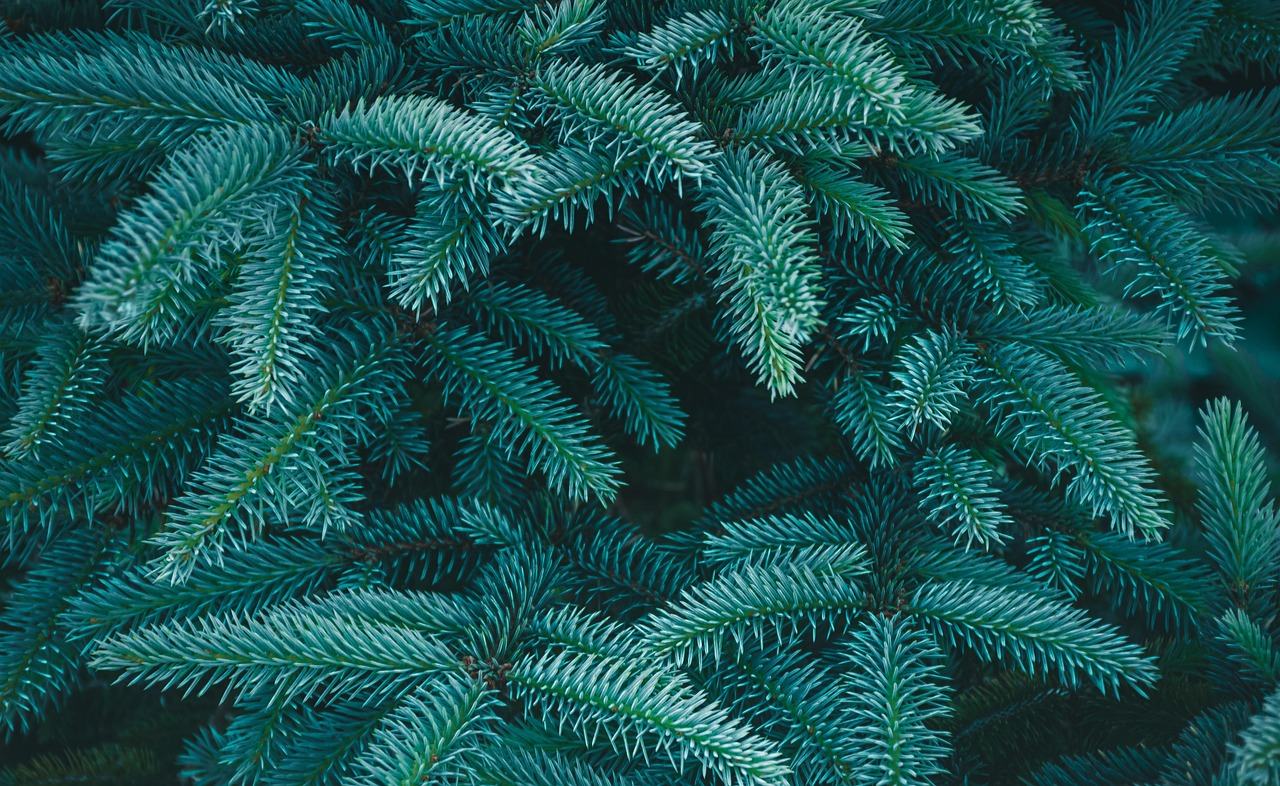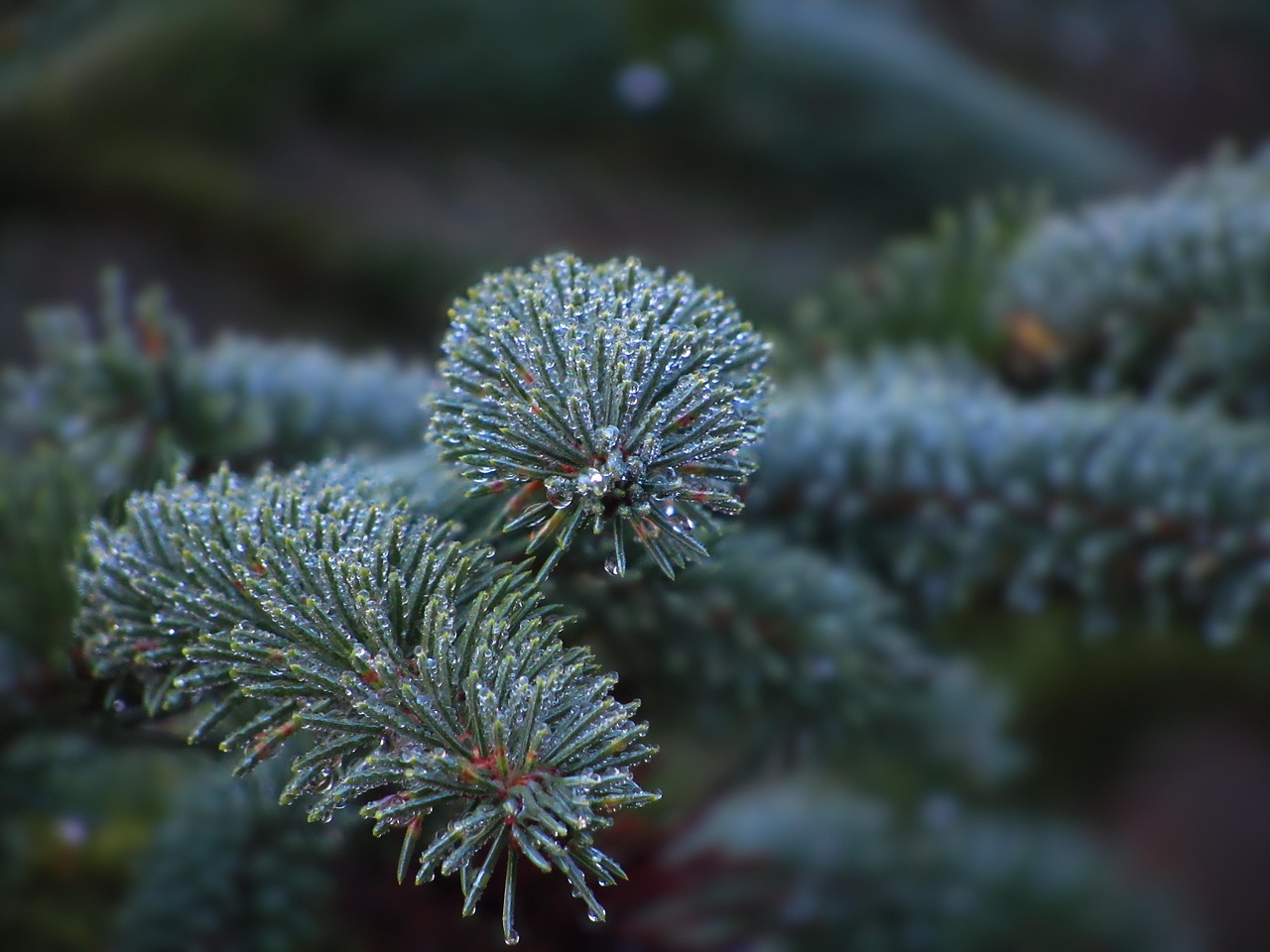Blue spruce pruning is essential for Christmas tree farm growers to enhance tree shape, health, and overall quality. Proper techniques promote growth and ensure that the trees meet market standards. Regular pruning helps remove dead or diseased branches, improving air circulation and light penetration.
Pruning is a crucial practice for maintaining the health and aesthetic value of blue spruce trees, especially in a Christmas tree farm setting. Blue spruce (Picea pungens) is popular for its striking blue-green needles and symmetrical shape. When properly pruned, these trees can produce dense foliage and a pleasing conical shape, making them highly sought after during the holiday season.

Understanding the right time and techniques for pruning blue spruce trees can significantly impact their growth and development. The ideal time for pruning typically falls in late winter or early spring before new growth begins. This timing minimizes stress on the tree and allows it to recover quickly from any cuts made.
Importance of Pruning Blue Spruce
Pruning blue spruce is vital for several reasons. It enhances the tree’s overall structure, promotes healthy growth, and can increase the tree’s market value. Below are key benefits of pruning:
- Improves Shape: Regular pruning helps maintain a desirable conical shape.
- Removes Dead or Diseased Material: This practice prevents the spread of disease and pests.
- Encourages New Growth: Pruning stimulates the production of new shoots, leading to denser foliage.
- Enhances Airflow: Thinning branches allows better air circulation, reducing the risk of fungal infections.
Before starting the actual pruning process, it is important to equip yourself with the right tools. The following table outlines essential tools needed for effective blue spruce pruning:

| Tool | Purpose |
|---|---|
| Hand Pruners | For trimming small branches and shaping the tree. |
| Loppers | Used for cutting thicker branches that are too large for hand pruners. |
| Saw | Essential for removing large limbs or branches. |
| Pruning Shears | For precise cuts on delicate areas. |
| Safety Gear | Gloves and goggles to protect against injury while pruning. |
Pruning Techniques for Blue Spruce
The techniques used in pruning blue spruce can vary based on the desired outcome. Here are some common methods employed by growers:
- Thinning: This involves removing some branches to improve light penetration and air circulation. It helps maintain the health of the tree while enhancing its appearance.
- Heading Back: This technique involves cutting back the tips of branches to encourage bushier growth. It is particularly useful for shaping young trees.
- Crown Cleaning: This method focuses on removing dead, damaged, or diseased branches from the crown of the tree. It is vital for disease prevention.
It’s important to avoid over-pruning, as this can lead to stress on the tree and result in poor growth. A good rule of thumb is to prune no more than 25% of a tree’s foliage in a single season. Monitoring the health of your trees after pruning is also crucial; if you observe signs of stress or disease, adjustments may be necessary in your approach.
In addition to timing and technique, understanding the specific growth patterns of blue spruce is essential. These trees tend to grow in a uniform manner, and recognizing their natural shape will help you make informed decisions about where to prune. Observing how each tree responds to prior pruning sessions will also guide your future practices.

In summary, blue spruce pruning requires knowledge of timing, tools, and techniques. By implementing these practices effectively, Christmas tree farm growers can enhance their crop quality and ensure their trees are ready for the holiday season. As you prepare to prune your blue spruce trees, consider these factors to achieve the best results for your farm.
Best Practices for Blue Spruce Pruning
To ensure optimal growth and health of blue spruce trees, it is essential to follow best practices for pruning. These practices not only promote a well-structured tree but also maximize the aesthetic appeal that customers seek. Below are some important guidelines to consider when pruning blue spruce.
Timing Your Pruning
As previously mentioned, timing is critical in the pruning process. The best times to prune blue spruce trees are:

- Late Winter to Early Spring: This is the ideal period before new growth begins. It allows for minimal disruption to the tree’s growth cycle.
- Post-Harvest: After the holiday season, you can assess and correct any issues that may have arisen during the growing season.
Avoid pruning during late summer or fall. This timing can lead to excessive stress on the tree, as it will not have enough time to heal before winter dormancy.
Identifying Branch Problems
Before pruning, it is essential to evaluate each tree for branches that may require attention. Identifying the following issues can help guide your pruning decisions:
- Dead Branches: These are often gray or brown and brittle. Removing them helps prevent disease spread.
- Diseased Branches: Look for discoloration or unusual growths that may indicate disease. Prompt removal is necessary.
- Crowded Branches: If branches are growing too close together, thinning can improve air circulation and light exposure.
Pruning Techniques Explained
Once problem branches have been identified, employing proper pruning techniques is vital. Here are some standard methods you can use:
Crown Thinning
This technique involves selectively removing branches to reduce the density of the crown. It enhances light penetration and airflow, benefiting the overall health of the tree.
Crown Raising
Crown raising involves removing lower branches to elevate the crown of the tree. This technique can make it easier for customers to see the tree’s profile and improve aesthetics.
Tip Pruning
Tip pruning is the practice of cutting back the tips of branches. It encourages bushier growth, leading to a fuller appearance. This method is particularly effective in shaping young trees.
Common Mistakes to Avoid
Even experienced growers can make mistakes while pruning. Being aware of these common pitfalls can help you avoid them:
- Over-Pruning: Removing too much foliage at once can shock the tree and hinder growth.
- Poor Cutting Techniques: Using dull tools or making improper cuts can damage the tree and lead to disease.
- Ignoring Tree Shape: Pruning without considering the natural shape of the tree can result in an unattractive appearance.
Tools and Maintenance for Pruning
The right tools are essential for effective blue spruce pruning. Proper maintenance of these tools can enhance their performance and extend their lifespan. Here are some tools that every Christmas tree grower should have:
| Tool | Description | Maintenance Tips |
|---|---|---|
| Hand Pruners | Ideal for small branches and precision cuts. | Keep blades sharp and clean; oil hinges regularly. |
| Loppers | Useful for thicker branches that require more leverage. | Sharpen blades after each use; check for rust. |
| Saw | Best for cutting larger limbs. | Store in a dry place; sharpen teeth as needed. |
| Pruning Shears | For delicate cuts and detail work. | Wipe clean after use; check springs for wear. |
| Gloves | Protect hands from thorns and debris. | Inspect for holes; replace if worn out. |
Maintaining your tools not only ensures safety but also improves efficiency during the pruning process. Investing time in tool maintenance can save you time and effort in the long run.
Environmental Considerations
Caring for blue spruce trees also means being mindful of environmental factors that can affect their health. Here are several considerations:
- Pest Management: Regularly inspect trees for signs of pests like aphids or spider mites. Early detection is key to managing infestations effectively.
- Disease Prevention: Fungal diseases, such as needle cast, can be a concern. Maintaining good air circulation through proper pruning helps mitigate this risk.
- Soil Health: Healthy soil promotes strong root systems. Consider soil tests to determine nutrient levels and make amendments as necessary.
Paying attention to these environmental factors will complement your pruning efforts and contribute to the overall success of your Christmas tree farm.
Understanding Growth Patterns of Blue Spruce
To effectively prune blue spruce trees, it is essential to understand their growth patterns. Each tree has its unique growth characteristics that can inform your pruning strategy. Recognizing these patterns can help growers make better decisions regarding the timing and techniques used in pruning.
Growth Characteristics of Blue Spruce
Blue spruce trees exhibit specific growth habits that are important to note:
- Height and Spread: Mature blue spruce trees typically reach heights of 30 to 60 feet and have a spread of 10 to 20 feet. Knowing the expected size helps determine how much pruning is necessary.
- Branch Arrangement: The branches of blue spruce grow horizontally and tend to be dense. This characteristic necessitates regular thinning to maintain air circulation.
- Growth Rate: Blue spruces grow at a moderate rate, adding approximately 12 to 24 inches per year. Understanding this growth rate can help farm managers plan their pruning schedule accordingly.
By observing these growth characteristics, growers can tailor their pruning practices to fit the specific needs of their blue spruce trees, ultimately leading to healthier and more aesthetically pleasing specimens.
Seasonal Care and Maintenance
The health of blue spruce trees is not solely dependent on pruning; seasonal care plays a crucial role as well. Implementing a seasonal care plan can help ensure that trees remain robust throughout the year.
Spring Care
As the growing season begins, take the following steps to prepare your blue spruce trees:
- Inspect for Damage: After winter, check for any damage caused by snow or ice. Remove any broken branches during early spring pruning sessions.
- Fertilization: Apply a balanced fertilizer in early spring to provide essential nutrients that support new growth.
- Pest Monitoring: Begin monitoring for pests such as aphids and spider mites, which can become active with warmer temperatures.
Summer Care
During the summer months, maintain vigilance to support healthy growth:
- Irrigation: Ensure adequate water supply, especially during dry spells. Young trees may require more frequent watering.
- Weed Control: Keep the area around the trees free of weeds, which can compete for nutrients and moisture.
- Ongoing Pest Management: Continue monitoring for pests and diseases throughout the summer. Early intervention is key to managing issues before they escalate.
Fall Care
As the growing season ends, focus on preparing your blue spruce for winter:
- Late Season Pruning: Conduct any necessary pruning to remove dead or diseased branches before winter dormancy.
- Mulching: Apply mulch around the base of the trees to help regulate soil temperature and retain moisture during colder months.
- Soil Testing: Conduct soil tests in the fall to assess nutrient levels and make any necessary amendments before spring.
Pest and Disease Management Strategies
The health of blue spruce trees can be compromised by various pests and diseases. Proactive management strategies can help prevent infestations and infections from weakening your trees.
Common Pests
A few common pests that affect blue spruce include:
- Aphids: Tiny insects that suck sap from new growth, causing yellowing leaves and stunted growth.
- Spider Mites: These pests thrive in dry conditions and can cause needle drop and webbing on branches.
- Caterpillars: Various caterpillars may feed on foliage, leading to significant defoliation if not managed promptly.
Disease Concerns
Blue spruce trees are also susceptible to several diseases, including:
- Needle Cast: This fungal disease causes needles to turn yellow and drop prematurely. It is most prevalent in wet conditions.
- Brown Spot Needle Blight: This disease leads to brown spots on needles, affecting the overall appearance and health of the tree.
Management Techniques
Implementing effective management techniques is essential for protecting your blue spruce trees:
- Cultural Practices: Promote good air circulation by ensuring proper spacing between trees. This practice reduces humidity levels around foliage, minimizing disease risk.
- Pesticides: If infestations occur, consider using targeted pesticides. Always follow label instructions and local regulations when applying any chemicals.
- Regular Monitoring: Conduct frequent inspections for early signs of pests or diseases. Quick identification allows for faster response times.
The Role of Pruning in Pest and Disease Control
Pruning plays a significant role in managing pests and diseases in blue spruce trees. Here are some ways that proper pruning practices contribute to overall tree health:
- Improved Airflow: By thinning out dense branches, you allow better air circulation, which helps reduce humidity levels that foster disease growth.
- Easier Monitoring: Regular pruning makes it easier to spot signs of pests or diseases, allowing for timely intervention.
- Removal of Infected Material: Pruning enables you to remove any infected or infested branches before they can affect healthy parts of the tree.
Incorporating these practices into your overall management strategy will not only enhance the health of your blue spruce trees but also create a thriving Christmas tree farm that meets market demands. Understanding growth patterns, seasonal care, pest management, and the role of pruning will empower growers to foster healthy trees ready for the holiday season.
Advanced Techniques and Considerations for Blue Spruce Pruning
As Christmas tree farm growers become more experienced with blue spruce pruning, they may want to explore advanced techniques and considerations that can further enhance their tree quality. These techniques can help in achieving a superior product that stands out in the market.
Training Young Trees
Training young blue spruce trees can set the foundation for a robust and well-shaped adult tree. Here are some methods to consider:
- Central Leader Training: Encourage a strong central leader to develop a straight trunk. Remove competing leaders early to prevent structural weaknesses.
- Branch Spacing: When young, ensure that branches are spaced evenly around the trunk. This practice promotes even growth and a balanced appearance.
- Tip Pruning: Regularly tip prune young trees to encourage lateral branching and bushier growth. This technique enhances the overall density of the tree.
Seasonal Adjustments Based on Climate
Understanding how climate impacts growth can help growers tailor their pruning and care strategies. For instance, in regions with cooler temperatures, timing for pruning may need to be adjusted:
- Frost Considerations: In areas prone to late frosts, delaying spring pruning until after the last frost date can be beneficial.
- Drought Conditions: During dry seasons, minimize pruning to reduce stress on trees. Focus on maintaining adequate soil moisture instead.
- Humidity Levels: In areas with high humidity, consider more frequent thinning to prevent fungal diseases.
Sustainable Practices in Pruning
Sustainability is becoming increasingly important in agriculture, including Christmas tree farming. Implementing sustainable pruning practices can benefit both the environment and the farm’s long-term viability:
- Organic Pest Control: Utilize organic methods for pest management, such as introducing beneficial insects or using natural repellents.
- Composting: Use clippings from pruning for composting, which can improve soil health and reduce waste.
- Native Plant Integration: Consider planting native species alongside blue spruce to promote biodiversity and attract beneficial wildlife.
Marketing Your Blue Spruce Trees
In addition to proper care and pruning, effective marketing strategies can help Christmas tree growers maximize their sales potential. Here are some marketing tips specific to blue spruce trees:
- Highlight Unique Features: Promote the distinct characteristics of blue spruce, such as their striking color and classic shape. Use social media to showcase images of your trees.
- Customer Education: Provide information on the benefits of blue spruce trees, including their longevity and needle retention, which make them ideal for holiday decorations.
- Community Engagement: Host events or workshops on tree care and sustainability practices to connect with local customers and build loyalty.
By implementing these marketing strategies, growers can increase awareness and appreciation for their blue spruce trees, ultimately leading to higher sales during the holiday season.
Final Thoughts
The success of a Christmas tree farm hinges on effective blue spruce pruning practices, understanding tree growth patterns, and making informed management decisions. By employing techniques such as proper timing, training young trees, and sustainable practices, growers can enhance the quality of their trees significantly.
Pest and disease management is equally essential, as maintaining healthy trees ensures that growers can meet market demands. By combining knowledge of environmental factors with advanced pruning techniques, farm owners can cultivate a thriving operation that not only produces beautiful trees but also contributes positively to the ecosystem.
As you move forward with your Christmas tree farming endeavors, remember that continuous learning and adaptation are key. Stay informed about industry trends, engage with fellow growers, and always seek ways to improve your practices. With dedication and expertise, your blue spruce trees will not only stand tall but also bring joy to families during the holiday season for years to come.
